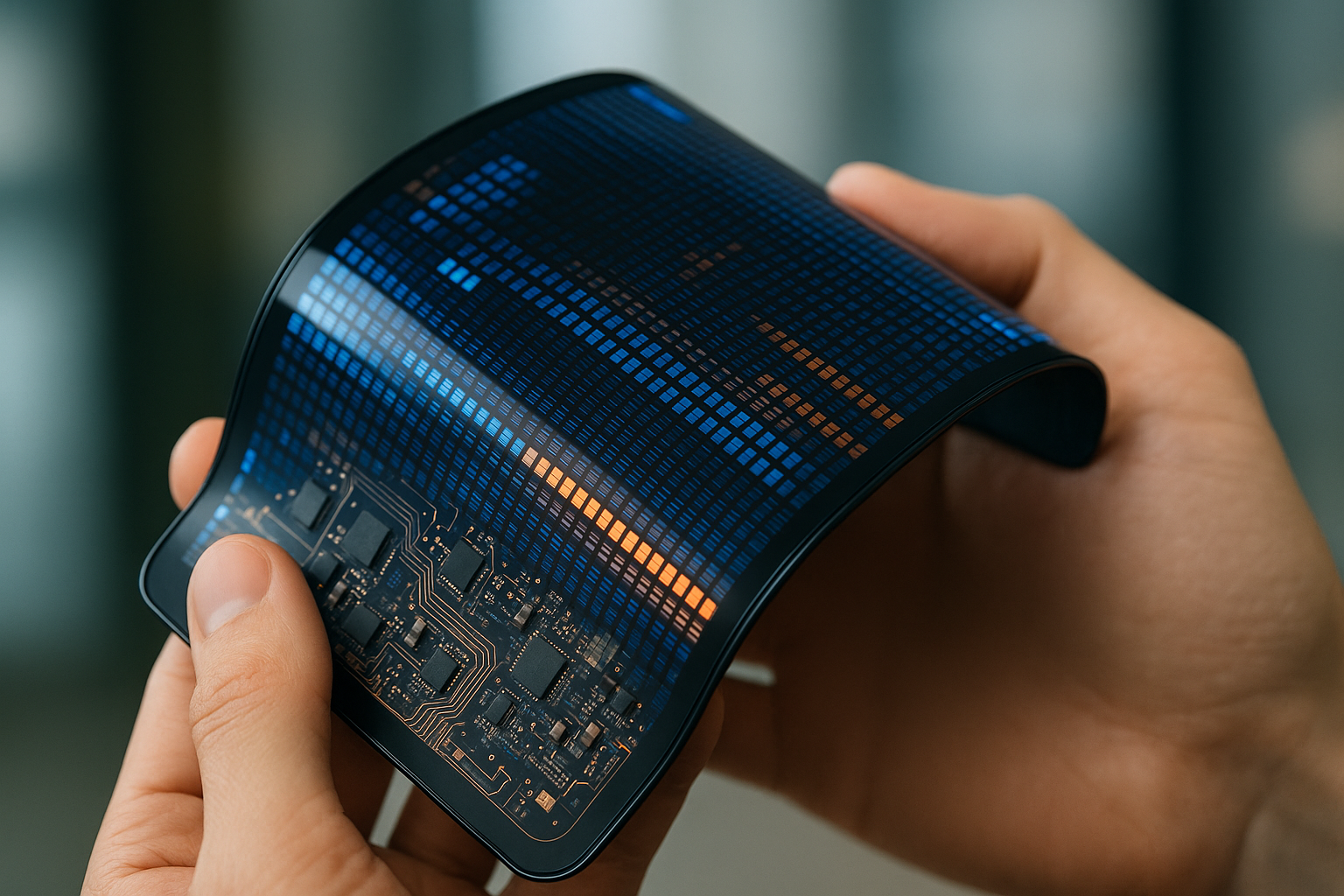The Dawn of Flexible Electronics: A Game-Changer in the Tech Landscape
Get ready for a new era of bendable, twistable, and even stretchable electronics, a game-changing innovation that's set to disrupt the tech landscape. Welcome to the world of flexible electronics. The concept of flexible electronics isn't entirely new. The idea has been around since the late 20th century, but achieving it practically was a challenge. Early attempts involved thinning down conventional silicon to achieve flexibility, but these efforts were limited by silicon's inherent brittleness. The breakthrough came with the development of organic and inorganic thin-film transistors, which laid the groundwork for the first generation of flexible electronic devices.

The Current Scenario: Advancements and Innovations
Today, the realm of flexible electronics has expanded beyond thin-film transistors. Scientists are exploring various materials like conductive polymers, carbon nanotubes, and graphene, which show promise for creating electronics that can bend, fold, and even stretch without affecting functionality.
One of the most significant advancements in this field is the development of flexible displays. Companies like Samsung and LG have already introduced smartphones with foldable screens, marking a significant milestone in the journey of flexible electronics.
The Impact: What Flexible Electronics Means for the Future
Flexible electronics hold immense potential to revolutionize various industries. In healthcare, they can be used to create wearable sensors for real-time health monitoring. In consumer electronics, they can lead to a new generation of foldable smartphones, tablets, and televisions.
Even in sectors like renewable energy, flexible electronics can make a significant impact, enabling the creation of flexible solar cells that can be integrated into various surfaces, from clothing to building facades.
The Cost Factor: Are Flexible Electronics Affordable?
While flexible electronics promise a slew of benefits, one of the significant roadblocks to their widespread adoption is cost. The production process for flexible electronic components is currently more expensive than conventional electronics. For instance, Samsung’s first foldable smartphone, the Galaxy Fold, was priced at a whopping $1,980 at launch, nearly double the cost of most high-end smartphones.
However, as with any technological innovation, prices are expected to drop as the technology matures and production processes become more efficient.
The Exciting Road Ahead
The advent of flexible electronics marks a fascinating turning point in the tech world. While there are still hurdles to overcome, the benefits they offer make them worth the effort. With further research and innovation, we may soon find ourselves living in a world where our electronic devices bend to our will, quite literally. The dawn of flexible electronics is here, promising to reshape our interaction with technology in unimaginable ways.




